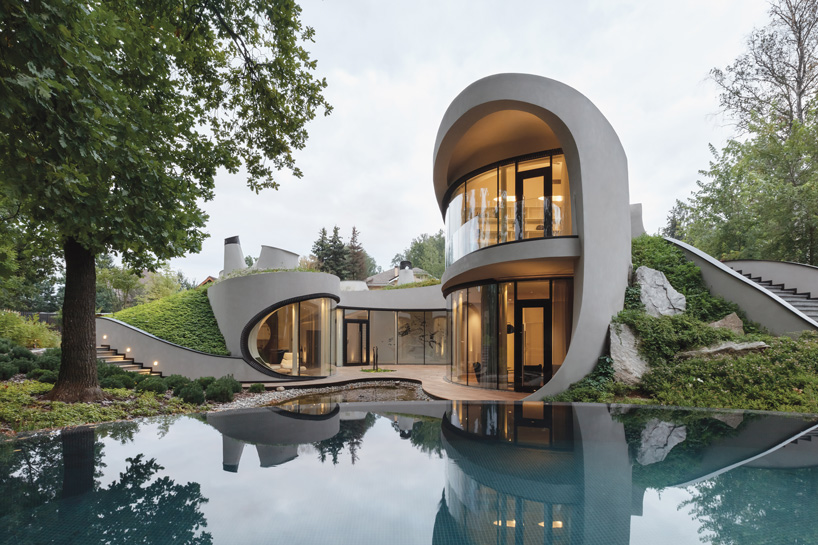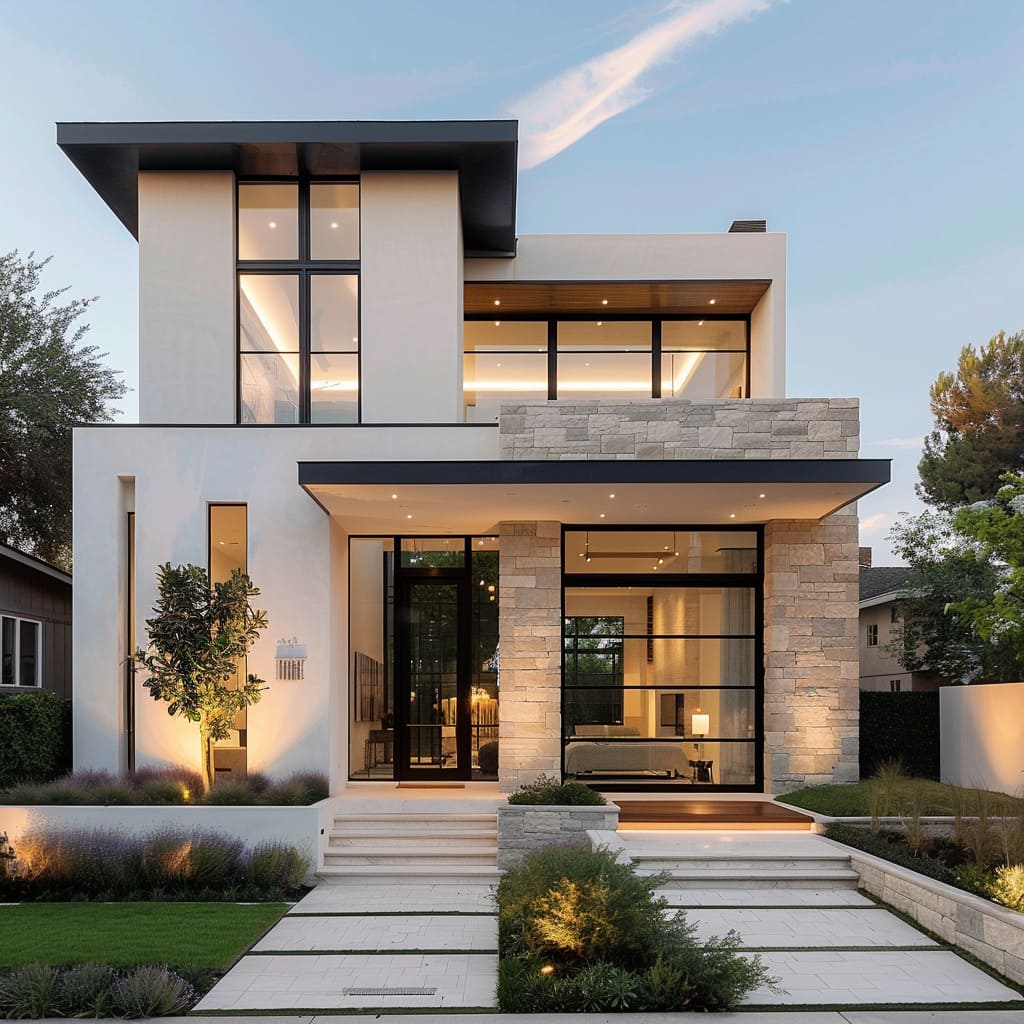Boost Your Building Layout with the Expertise of CDA Architects
Boost Your Building Layout with the Expertise of CDA Architects
Blog Article
The Impact of Technical Developments on the Design Practices of Contemporary Architects
The rapid advancement of technical devices has substantially reshaped the design landscape for modern engineers, fostering extraordinary degrees of innovation and sustainability. Discovering these characteristics reveals a nuanced interaction between innovation and standard layout methodologies, prompting a better assessment of what the future holds for architectural practices.
Evolution of Architectural Tools
Just how have building tools transformed the layout and construction procedures over the centuries? The development of architectural tools has actually significantly influenced the efficiency, accuracy, and imagination of style and construction.
With the advent of the Renaissance, the introduction of the compass and the protractor marked a crucial shift. These tools allowed designers to accomplish higher precision in their styles, helping with the development of even more elaborate and proportional structures (cda architects). The Industrial Change additionally changed building exercise with the intro of mechanical devices and materials, enabling larger and a lot more ambitious projects
In the 20th century, the growth of computer-aided design (CAD) software program transformed the landscape as soon as again, supplying designers with extraordinary capabilities in modeling and visualization. Today, advanced devices such as Building Information Modeling (BIM) and parametric style software program proceed to push the boundaries of architectural technology, making it possible for a more integrated approach to design and construction processes.

Enhanced Collaboration in Design
As technology continues to develop, improved cooperation in design has become a cornerstone of contemporary architectural method. The combination of digital tools such as Building Info Modeling (BIM), cloud-based platforms, and advanced visualization software program has actually changed the way designers, designers, and stakeholders interact throughout the style process. These tools facilitate real-time interaction, permitting teams to share concepts, adjustments, and comments instantly, no matter of geographical place.
In addition, digital fact (VIRTUAL REALITY) and augmented truth (AR) have further enriched joint initiatives by enabling immersive experiences that enable clients and staff member to picture tasks in a more interesting fashion. This level of interaction not only enhances understanding however also cultivates a feeling of ownership amongst stakeholders, leading to more informed decision-making.
In addition, interdisciplinary partnership has been structured through these technical innovations, allowing architects to function a lot more very closely with other professionals, such as metropolitan organizers and environmental consultants. The result is a more cohesive method to make that takes into consideration various viewpoints and proficiency. Ultimately, enhanced collaboration in layout is not simply a trend; it is essential for producing cutting-edge, useful, and aesthetically pleasing style in a significantly complicated globe.
Sustainability With Modern Technology
Sustainability in style has increasingly ended up being intertwined with technological advancement, driving the sector toward environmentally responsible methods - cda architects. Contemporary engineers are leveraging sophisticated technologies to lessen ecological influence while enhancing the efficiency of buildings. One noticeable example is the use of Structure Details Modeling (BIM), which enables exact preparation and source allowance, reducing waste during construction and promoting power performance throughout a building's lifecycle
Additionally, smart products and energy-efficient systems are being integrated right into layouts to maximize resource usage. Technologies such as solar batteries and eco-friendly roof covering systems harness renewable resource sources, adding to decreased carbon footprints. In addition, the application of expert system in style processes enables designers to replicate and analyze power consumption, assisting decisions towards more sustainable visite site outcomes.
The assimilation of sustainable innovations not just aligns with global environmental objectives yet likewise meets a raising demand from consumers for environment-friendly remedies. As engineers embrace these technologies, the emphasis changes in the direction of developing spaces that are not only cosmetically pleasing but likewise functionally lasting, thereby redefining the standards of contemporary architecture. By doing this, innovation works as a stimulant for sustainability, allowing designers to create structures that regard and boost the all-natural setting.
Challenges in Implementation
While technical advancements in style hold terrific assurance for enhancing sustainability, their application often encounters considerable obstacles. One primary obstacle is the steep learning contour connected with brand-new modern technologies. Engineers and construction professionals might call for extensive training to effectively use innovative software application and tools, which can postpone task timelines and boost prices.
In addition, the combination of emerging modern technologies, such as Building Details Modeling (BIM) and lasting materials, usually requires partnership across multidisciplinary teams. This partnership can be hindered by differences in knowledge, operations, and interaction designs, resulting in prospective conflicts and inefficiencies.
Financial restraints better make complex the fostering of innovative technologies. Many building companies, specifically smaller ones, might lack the resources to purchase cutting-edge devices, limiting their ability to take on bigger firms that can pay for such financial investments.
Moreover, governing frameworks and structure codes might not maintain pace with technological advancements, developing obscurity and possible conformity problems. This obstacle can dissuade designers from totally embracing brand-new modern technologies, as the threat of non-compliance may outweigh the advantages. Addressing these implementation challenges is crucial for the effective integration of technological developments Go Here in modern building techniques.
Future Fads in Design
The obstacles connected with the application of brand-new technologies in style have actually motivated a reevaluation of future fads within the market. As architects browse problems such as sustainability, urbanization, and social equity, they are significantly embracing ingenious technologies to improve style effectiveness and ecological performance.
One prominent pattern is the assimilation of fabricated knowledge (AI) in the layout procedure. AI devices can examine substantial datasets to inform design choices, improving both imagination and performance. Structure Information Modeling (BIM) continues to progress, making it possible for real-time collaboration amongst stakeholders and assisting in structured job administration.
Lasting design methods are likewise getting energy, with architects focusing on flexible reuse and regenerative layout concepts that decrease resource consumption and waste. The incorporation of smart materials and sustainable power resources will additionally improve the durability of buildings in the face of climate adjustment.
Furthermore, the rise of parametric style enables even more personalized and context-sensitive building solutions. By using these innovations, engineers are poised to produce built settings that not just deal with the instant needs of culture yet likewise see post anticipate future obstacles, thus redefining the role of style in an ever-changing world.
Conclusion

Report this page